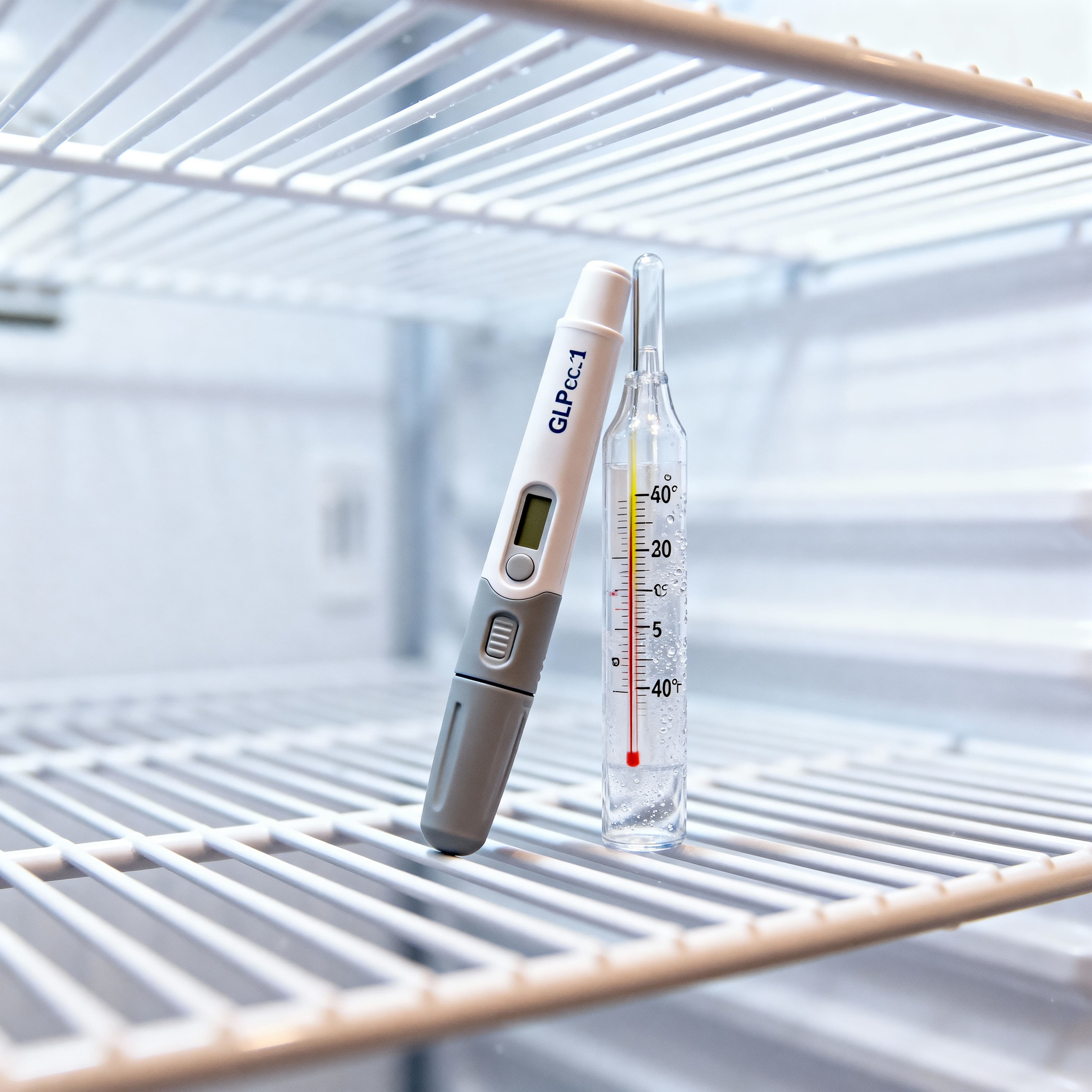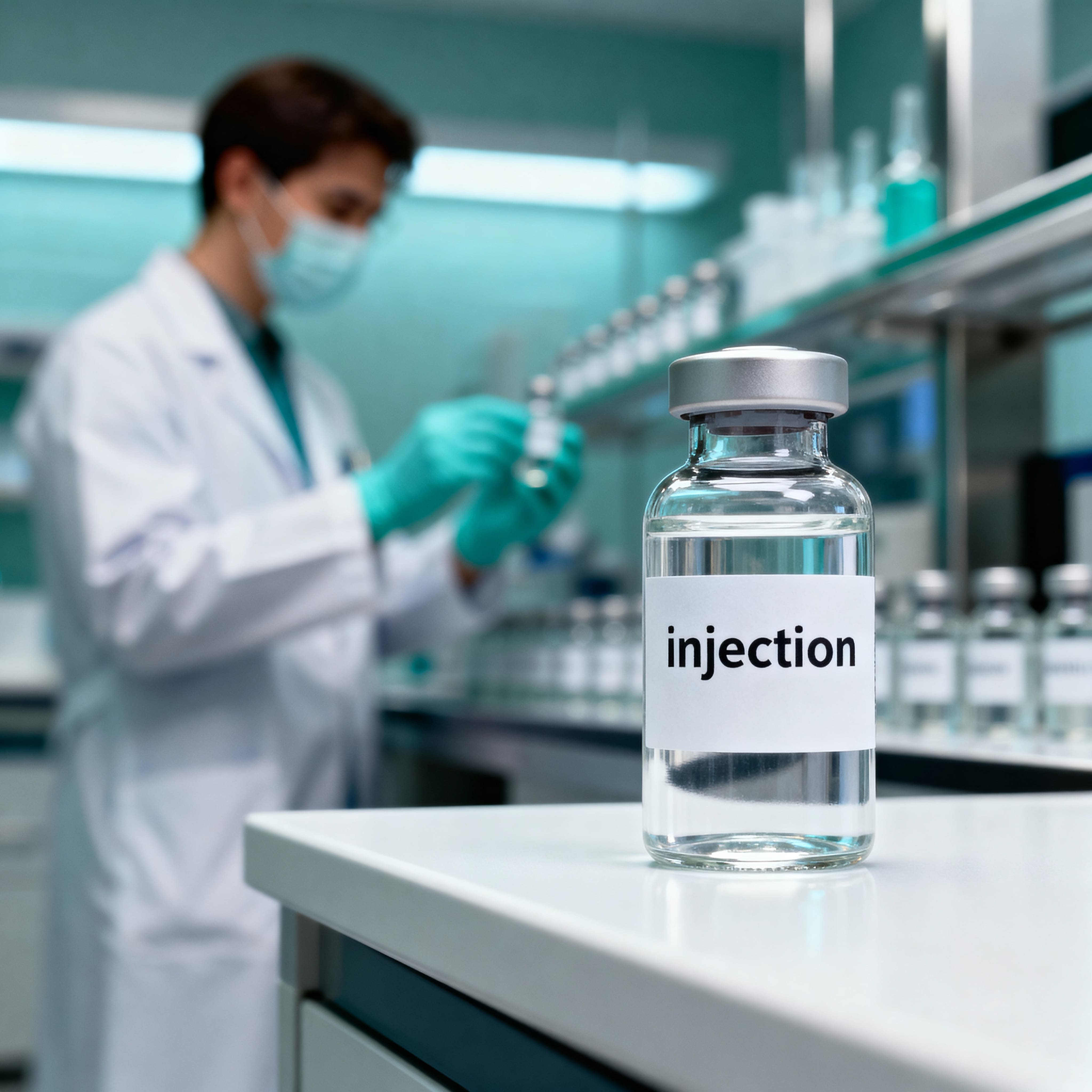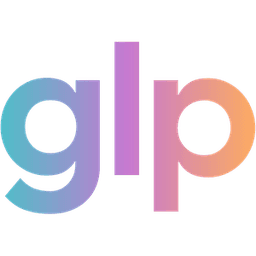Does My GLP-1 Really Expire?
Author
glp winnerDate Published
- Twitter
- Facebook
- LinkedIn
- Instagram
- Copy Link

That tiny printed date on your GLP-1 box isn’t just legal fine print — it’s chemistry talking. And with injectable medications like semaglutide or tirzepatide, that chemistry matters.
Let’s unpack what “expiration” actually means, why it matters more for injectables than pills, and what clues tell you it’s time to toss your medication.
What the Expiration Date Really Means
According to the FDA, a drug’s expiration date marks the final day the manufacturer guarantees full potency, purity, and safety if the product is stored exactly as instructed (FDA).
After that date, everything moves into uncertainty: the chemical structure can degrade, preservatives lose effectiveness, and sterility isn’t assured.
Unlike painkillers or vitamins, GLP-1s are peptide-based biologics — delicate proteins that can unravel or break down when temperature, light, or pH shifts even slightly. That’s why the FDA warns: “Using expired medicines is risky and possibly harmful to your health.” (FDA)
Why Expiration Dates Matter Even More for Injectables
Injectable medications — like the GLP-1s used for diabetes or weight management — have a second clock running: sterility.
- Storage precision: They typically require refrigeration between 36–46°F (2–8°C). Even brief exposure to heat can cause degradation.
- Sterility risk: Each time a needle punctures a vial, the sterile environment is compromised just a little more.
- “Beyond-Use Dates” (BUDs): Once opened, multi-dose vials or pens often must be used within a set time frame — often 28 days — regardless of the printed expiration date (CDC).
This BUD is essentially the real-world expiration date once the container has been accessed.
What to Watch for Before Each Use
Even if the expiration date looks fine, inspect your GLP-1 before injecting. If any of the following are true, it’s time to discard:
- Past the printed expiration date – Manufacturer guarantee ends there.
- Opened longer than the BUD – If your pen or vial has been in use beyond its “use after opening” window, it’s unsafe.
- Improper storage – Left unrefrigerated for hours? Stored in direct light? Assume potency is compromised.
- Cloudy or discolored liquid – Most GLP-1s are clear and colorless. If it’s murky or contains particles, discard.
- Damaged packaging – Cracked vial, loose cap, or leaking seal = contamination risk.
Sterile injectables don’t offer second chances. When in doubt, the safest move is to dispose and replace.
Why “Expired” Means “Unreliable,” Not Just “Old”
Once a drug passes its labeled expiration, its stability data — the scientific testing that proves it remains effective — expires too.
Manufacturers test under strict conditions (temperature, humidity, and light exposure) and guarantee results only within that window. After that, no one can verify whether the peptide still behaves like it should.
Even a slight degradation could change how your body absorbs or responds to the drug — which, with GLP-1s, might mean unpredictable blood-sugar control or reduced weight-loss effect.
Auto-Injector Pens: A Different Kind of Countdown
If you’re using a pre-filled auto-injection pen instead of a vial, the expiration rules still apply — but the timing looks a bit different.
Auto-injector pens are sealed systems that reduce contamination risk, so they typically have two expiration clocks:
- The manufacturer’s printed expiration date — valid as long as the pen remains sealed, unused, and stored properly.
- The in-use period — which starts the moment you take the pen out of the fridge or remove the cap for the first time.
For most GLP-1 pens, this “in-use” window ranges from 28 to 56 days, depending on the brand:
- Ozempic®: Use within 56 days after first use, even if some medication remains.
- Wegovy®: Discard after 28 days once opened or after being stored outside refrigeration.
- Mounjaro® or Zepbound®: Single-use pens — once injected, discard immediately.
Even though these pens are designed for convenience, temperature control still matters. Pens left in a hot car, direct sunlight, or uncooled bag can lose potency long before the date on the box.
Quick logic rule:
If the pen’s been opened longer than the manufacturer’s in-use window, or if it’s been exposed to temperatures outside the labeled range (usually 36–46°F refrigerated, up to 86°F room temp), discard it — even if it looks fine. Peptides break down invisibly; there’s no safe way to “eyeball” stability.
Compounded GLP-1s: Different Rules, Shorter Timelines
If your GLP-1 medication comes from a compounding pharmacy, expiration and discard timelines can vary — and they’re often shorter.
Because compounded versions are not FDA-approved, the stability testing isn’t standardized. Pharmacies assign a Beyond-Use Date based on available data — often just 7–30 days after mixing or dispensing (ASHP).
That means extra vigilance: follow every label instruction, and never assume a compounded GLP-1 follows the same shelf life as a branded pen.
Safe Handling Checklist
To stay within FDA guidance and protect your medication’s integrity:
- ✅ Store as labeled. Keep refrigerated, away from sunlight and heat.
- ✅ Write down the first-use date. This makes tracking your BUD easy.
- ✅ Follow the discard window. If it says 28 days after first use, that’s a hard stop.
- ✅ Inspect visually before each dose. Clear, colorless, particle-free — or it’s out.
- ✅ Dispose properly. Use a sharps container and FDA-approved take-back site (FDA Disposal Guide).
Frequently Asked Questions
Can I use my GLP-1 a few days past the expiration date?
No. After the expiration date, safety and potency can’t be guaranteed. The FDA explicitly advises against using expired injectables.
What if the vial was unopened and stored perfectly?
Even unopened, once the date has passed, the manufacturer’s testing window is over. Discard it safely.
Does opening the vial or pen start a new countdown?
Yes. That’s your beyond-use period — usually around 28 days — during which sterility and stability are maintained.
Are compounded GLP-1s riskier after their BUD?
Yes. Their assigned beyond-use dates are conservative because they lack formal FDA stability testing. After that date, assume loss of potency or contamination.
The Logic-First Bottom Line
Every GLP-1 — whether branded or compounded — has two clocks:
- The printed expiration date from the manufacturer.
- The beyond-use date once opened or mixed.
Both matter. These medications are delicate biological molecules, not inert powders. Using one past its safe window is like injecting a science experiment instead of a medication.
If you’re ever unsure, check your label or ask your pharmacist — and when it’s time to refill safely, you can compare verified telehealth providers and pharmacies at GLPWinner.com.
If you enjoy posts like these, you can subscribe to receive newsletter updates.
Sources
Keep Reading

FDA recalls compounded semaglutide and tirzepatide by ProRx LLC for sterility concerns. See if your vial’s affected and what to do next.

The difference between 503A and 503B compounding pharmacies, why it matters, and how to stay safe when getting GLP-1 compounded treatments.

Learn what grey-market peptides are, why they’re risky, and how to choose safer FDA-approved or properly compounded options instead.
